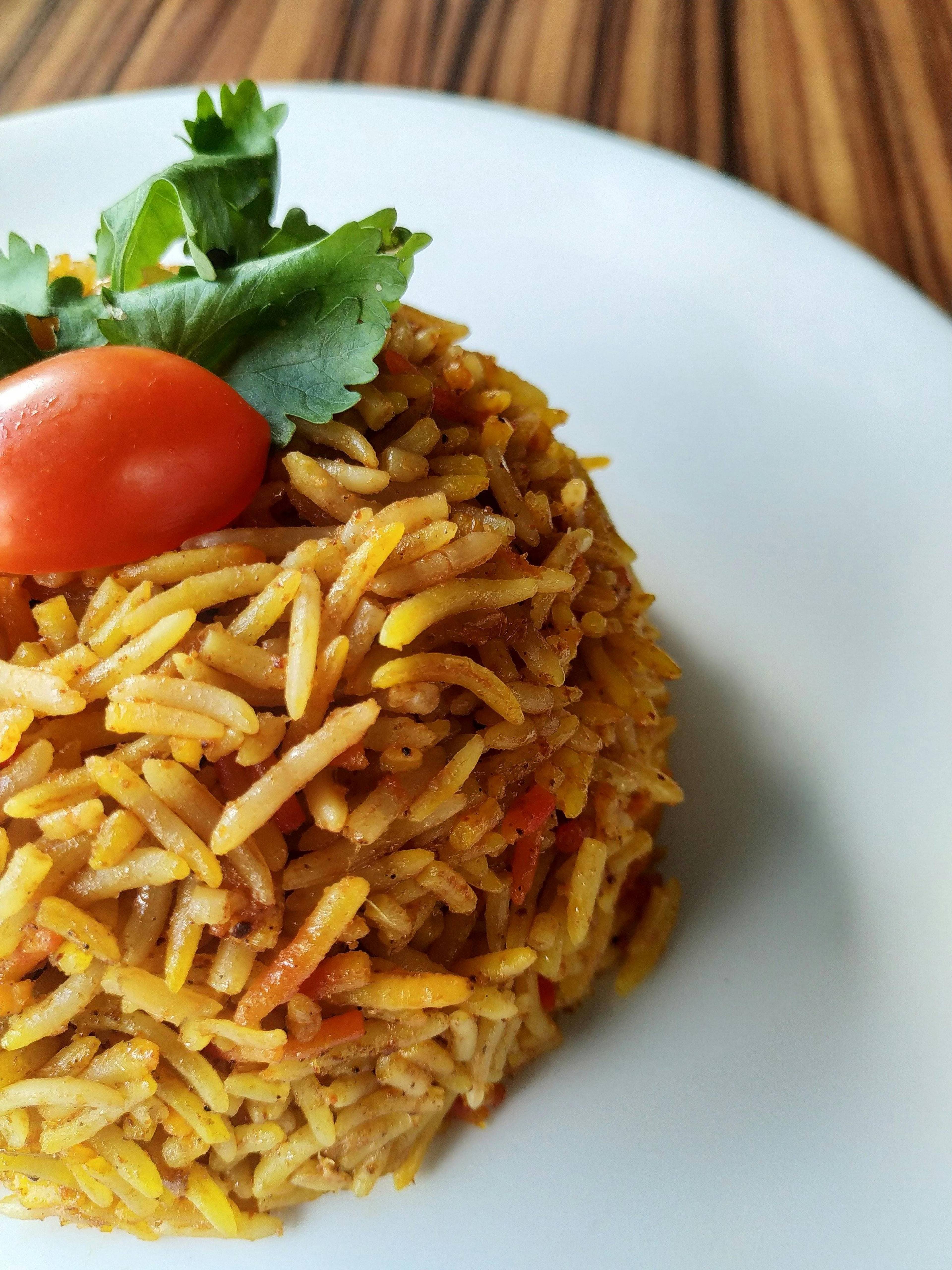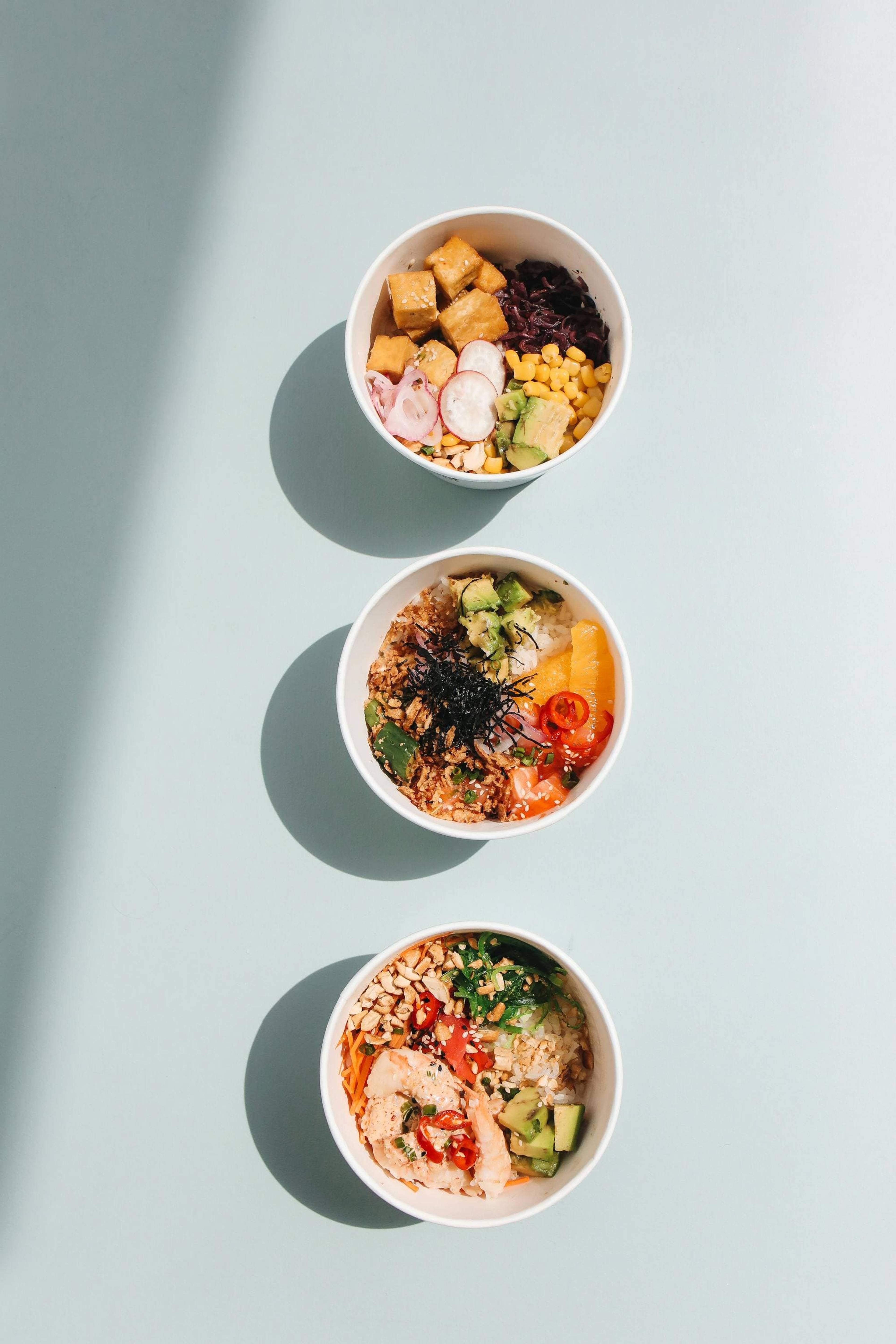Types of Rice & Their Differences: What To Know
Think rice is just rice? Think again. Whether it's the sticky sushi rice that clings to your chopsticks or the fluffy basmati that perfectly captures curry, every type of rice has a unique role that can elevate your meal.
Interested in discovering more? In this article, we're demystifying these choices to help you whip up dinner-time magic.
So, if you’re ready to sort through the pantry of possibilities and discover what each variety of rice brings to the table—keep reading.

Why Opt for Rice in Your Meals?
What Are the Different Types of Rice?
Let’s break down some of the most popular types, each with its own texture, flavor, and best uses.
Originating from India, Basmati rice is prized for its aromatic fragrance and long, slender grains that cook up light and fluffy. Ideal for dishes like biryani and pilaf, Basmati rice has a distinct flavor that pairs well with curries and other Indian dishes.
Thailand’s gift to the world, Jasmine rice is another aromatic rice with a slightly sweet taste. It’s slightly stickier than Basmati, making it a favorite for Asian cuisines, particularly Thai dishes. It works beautifully in everything from simple side dishes to complex meals like fried rice.
SushiAlso known as Japonica or sticky rice, sushi rice has a unique stickiness that makes it perfect for holding together sushi rolls. It's a short-grain variety commonly used in Japanese and other Asian cuisines, essential for dishes requiring a slightly glutinous texture.
Also known as forbidden rice, black rice is rich in antioxidants and has a deep black color that turns purple when cooked. It offers a nutty flavor and chewy texture, making it a striking addition to meals that benefit from its dramatic color and high nutritional value.
Similar to black rice in terms of health benefits, red rice has a reddish husk and offers a robust, nutty flavor. It’s often used in Asia and is perfect for dishes that call for a firm texture and rich flavor.
Critical for authentic Spanish paella, Bomba rice absorbs liquid up to three times its grain size, making it perfect for Valencia's famous dish. It maintains its firmness during cooking, capturing the essence of the rich seasonings and seafood beautifully.

How Do You Choose the Right Rice for Your Dish?
How Can You Cook Perfect Rice Every Time?
Here’s how to master the art of cooking rice so it turns out just right, no matter what type you’re using:
It sounds simple, but the right pot makes all the difference. Go for one with a heavy bottom and a tight lid to keep the steam in and prevent a burnt layer at the bottom.
Rinsing your rice gets rid of excess starch, so your rice won't stick together—unless you're aiming for sticky rice, that is. Just run it under cold water until the water's clear.
The right water-to-rice ratio is key. For fluffy white rice, a good rule of thumb is two cups of water for every cup of rice. Brown rice likes a bit more water, while sushi rice needs less, so it stays sticky.
If you've got the time, soaking rice can make it even better, especially basmati. It helps the rice grains cook up longer and fluffier. Just 30 minutes will do, but even a quick 10-minute soak helps.
Start with a boil, then bring it down to a simmer and keep that lid on tight. Letting the rice simmer gently means it cooks evenly, so you won't end up with mushy or crunchy grains.
Patience is a virtue, right? Once your timer dings, take the rice off the heat, but keep the lid on. Let it sit for about 10 minutes. This lets the rice finish cooking gently in its own steam, which is the secret to that perfect texture.
Fluff your rice with a fork to separate the grains without smashing them. It’s the final touch for that light, fluffy rice everyone aims for.